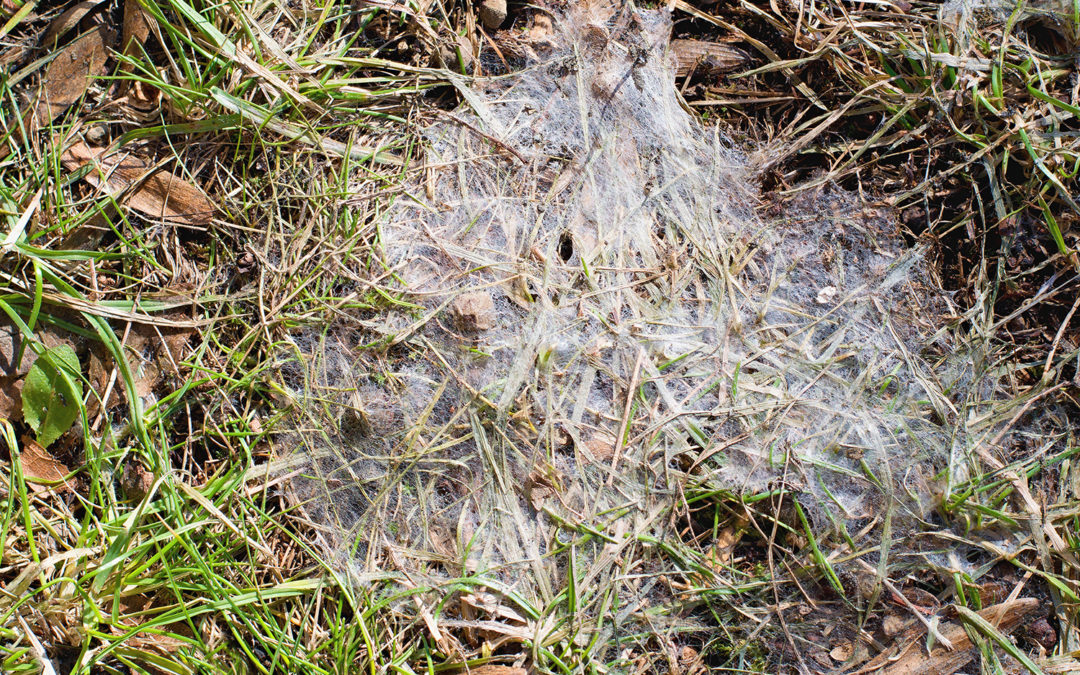Cold weather can affect the health of your lawn in some unexpected ways. While most people are concerned with protecting their lawns during the hot days of summer, cold weather and snow can be equally damaging. After a long period of snow, many homeowners start to see patches of gray mold spread throughout their lawn. This is a sure sign of snow mold.
Gray snow mold (Typhula blight) is a freeze-tolerant fungus that grows during the winter. Snowfall (especially when it freezes) creates the right moisture environment for lawn mold to grow. It’s only until the snow melts that the growth becomes evident. Left untreated, snow mold can damage the lawn grass’s roots.
Luckily, people can take many proactive steps to protect their lawn. To prepare for winter weather
- Mow your lawn before the first snow
- Don’t let leaves pile up on your lawn
- Dethatch your lawn
- Utilize slow-release lawn fertilizer
- Apply a preventative fungicide
- Remove snow from your lawn if possible
You can help ensure your lawn will be healthy during the Spring and Summer months by taking preventative actions.

